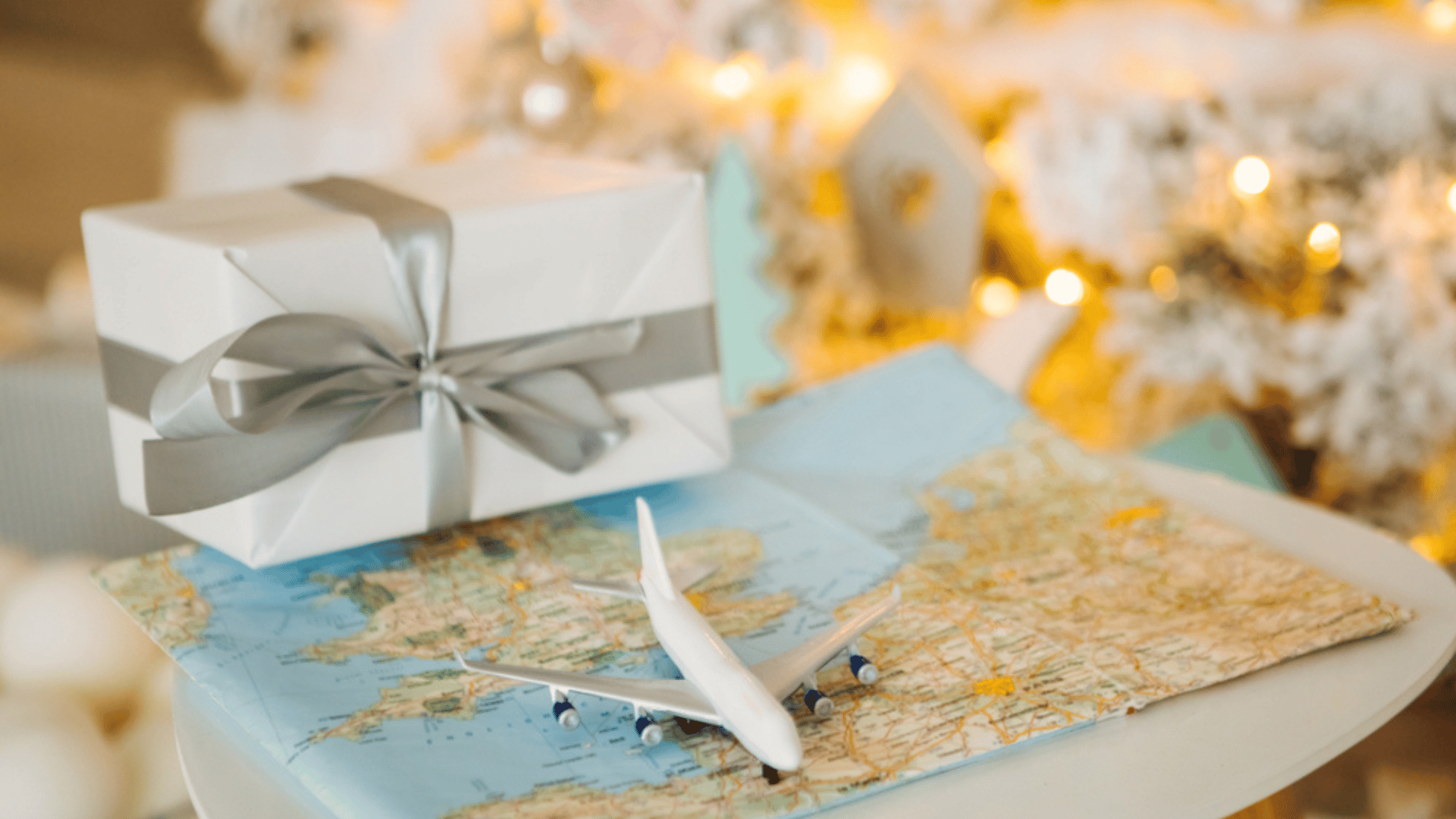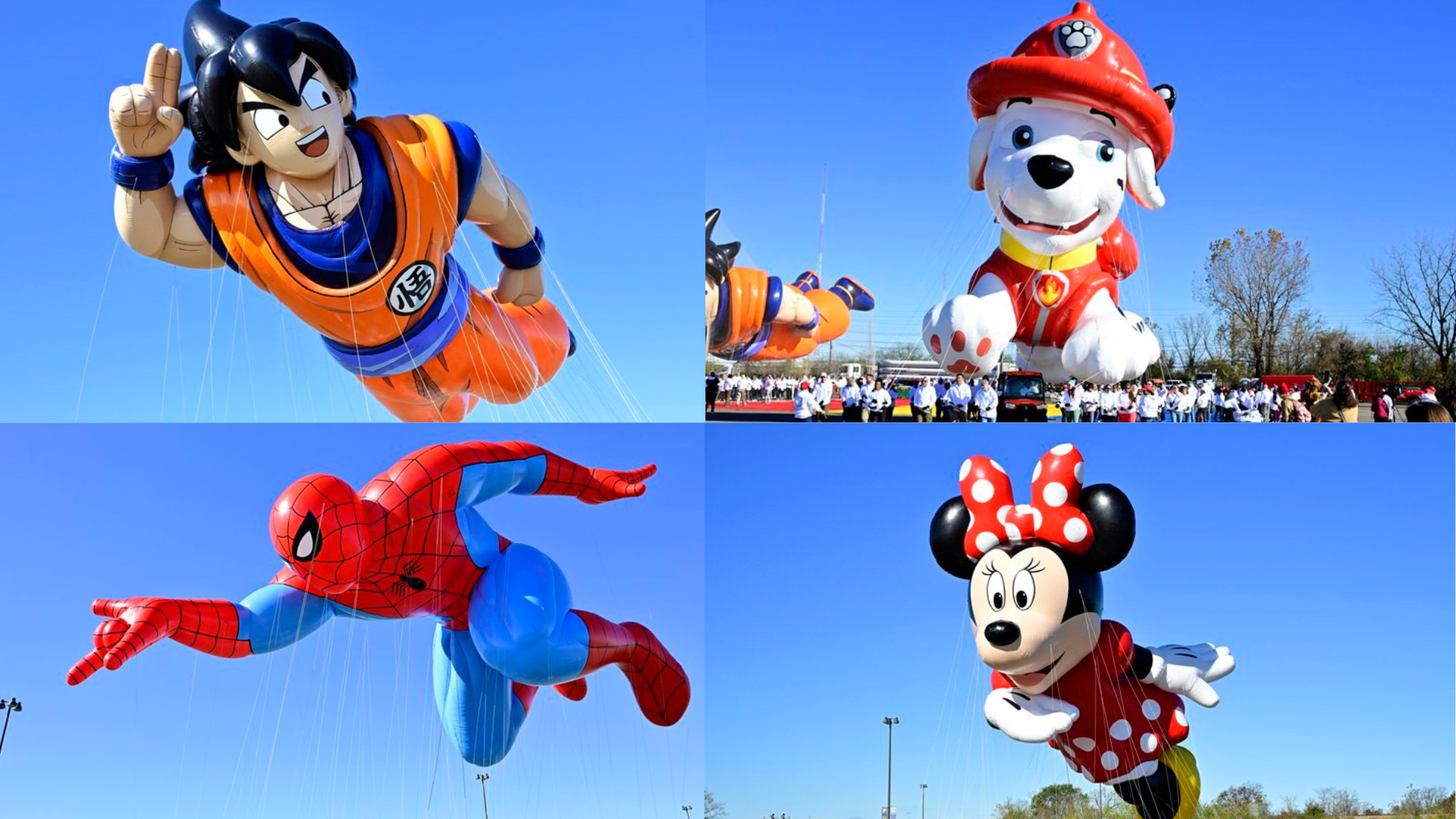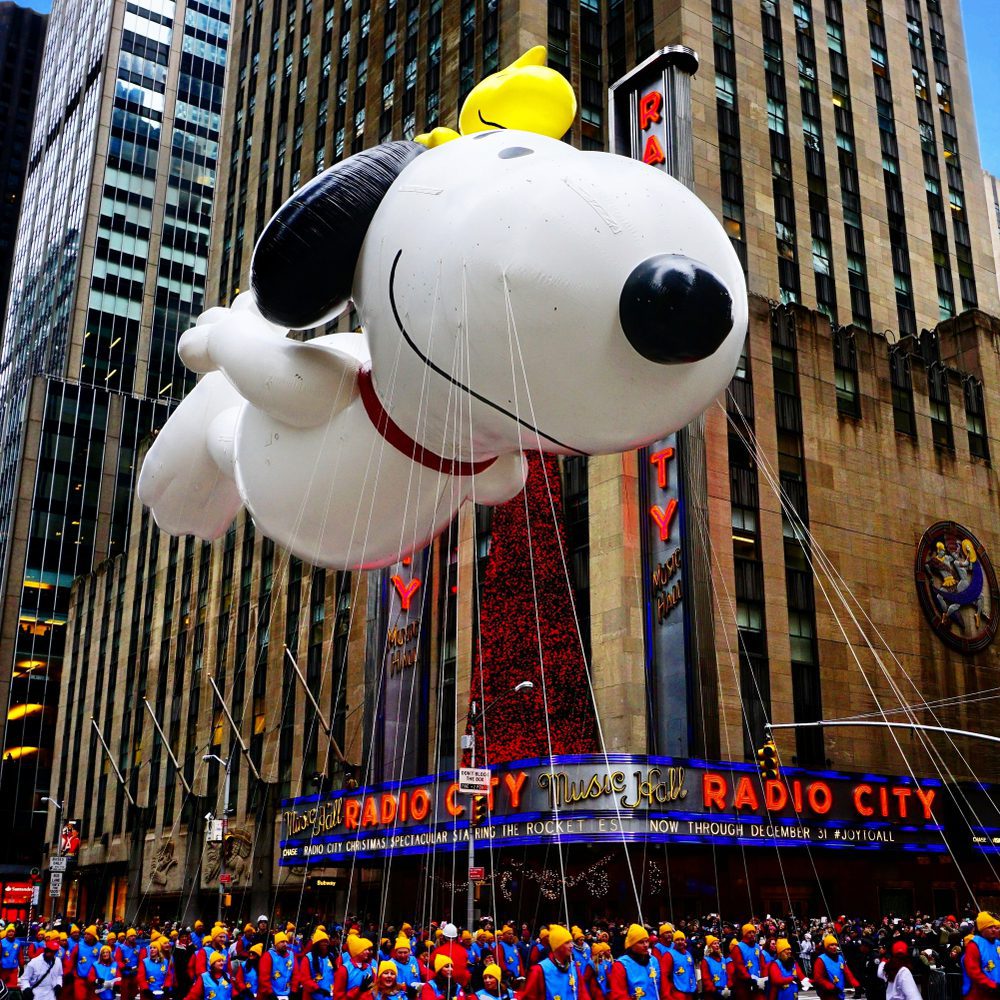Once separated by a highway, a forest in Alberta, Canada, comes together thanks to a new bridge dedicated to safely getting wildlife to the other side of the busy road.
Wildlife Overpass
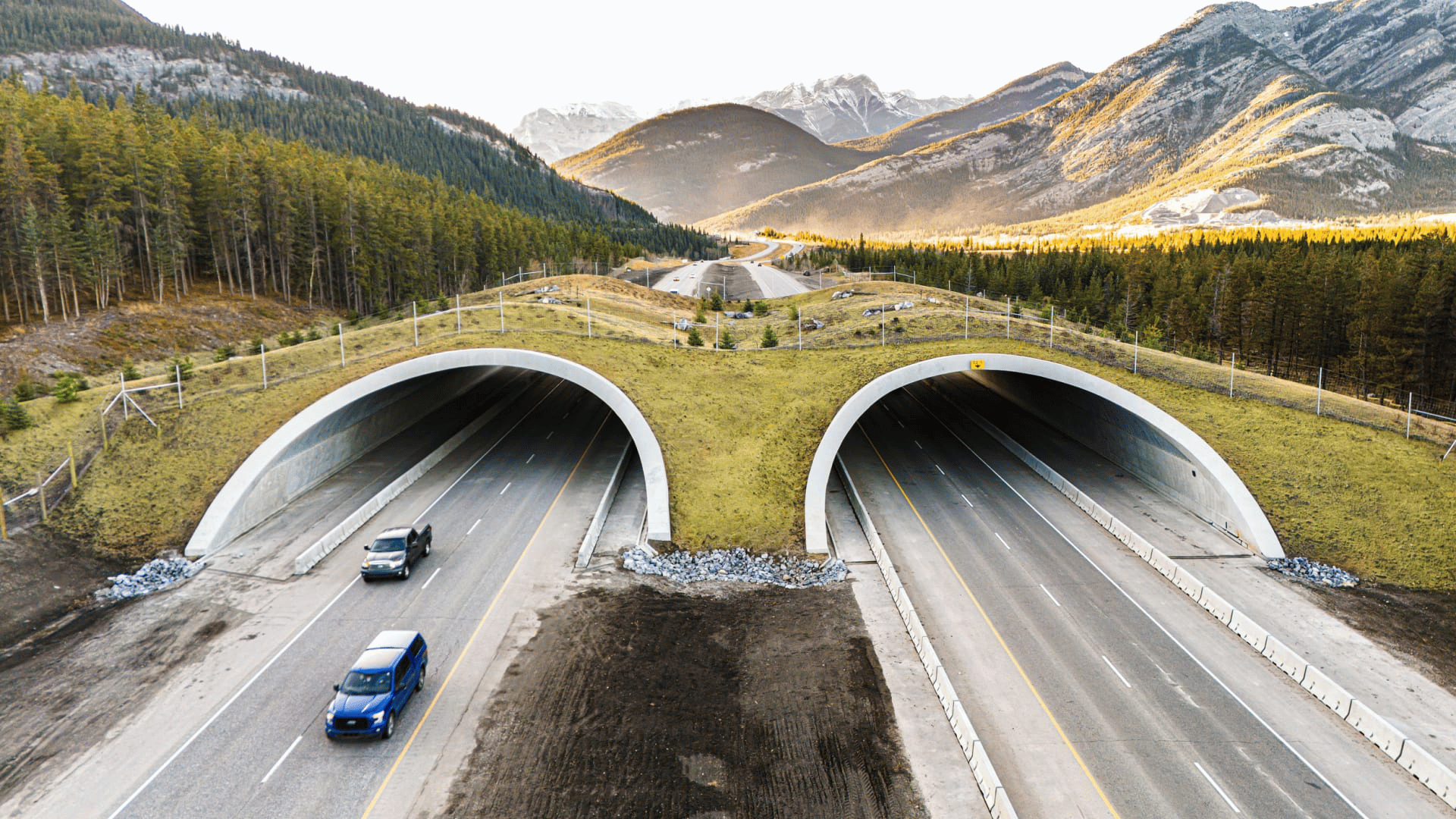
The Trans-Canada Highway, one of the busiest roadways in the province, runs between Calgary and Banff National Park. Wildlife often suffer unfortunate fates while trying to get to the other side of the major highway, which thousands of cars drive through daily. A new wildlife overpass intends to address the mounting animal-vehicle collisions.
The Bow Valley Gap wildlife overpass is one of only a handful in North America. It stretches roughly 200 feet over Trans-Canada’s four lanes. However, it’s not like a typical overpass. Instead, it’s topped with soil, grass, and plants, similar to the destinations on each side of the wildlife overpass.
Dialog, a design and engineering firm, led the engineering and landscape architecture, which Alberta’s provincial transportation department funded. It also marks the first wildlife overpass in Canada not built in a national park. The highway often has reported vehicle collisions with deer, elk, coyotes, and grizzly bears, about 69 times per year.
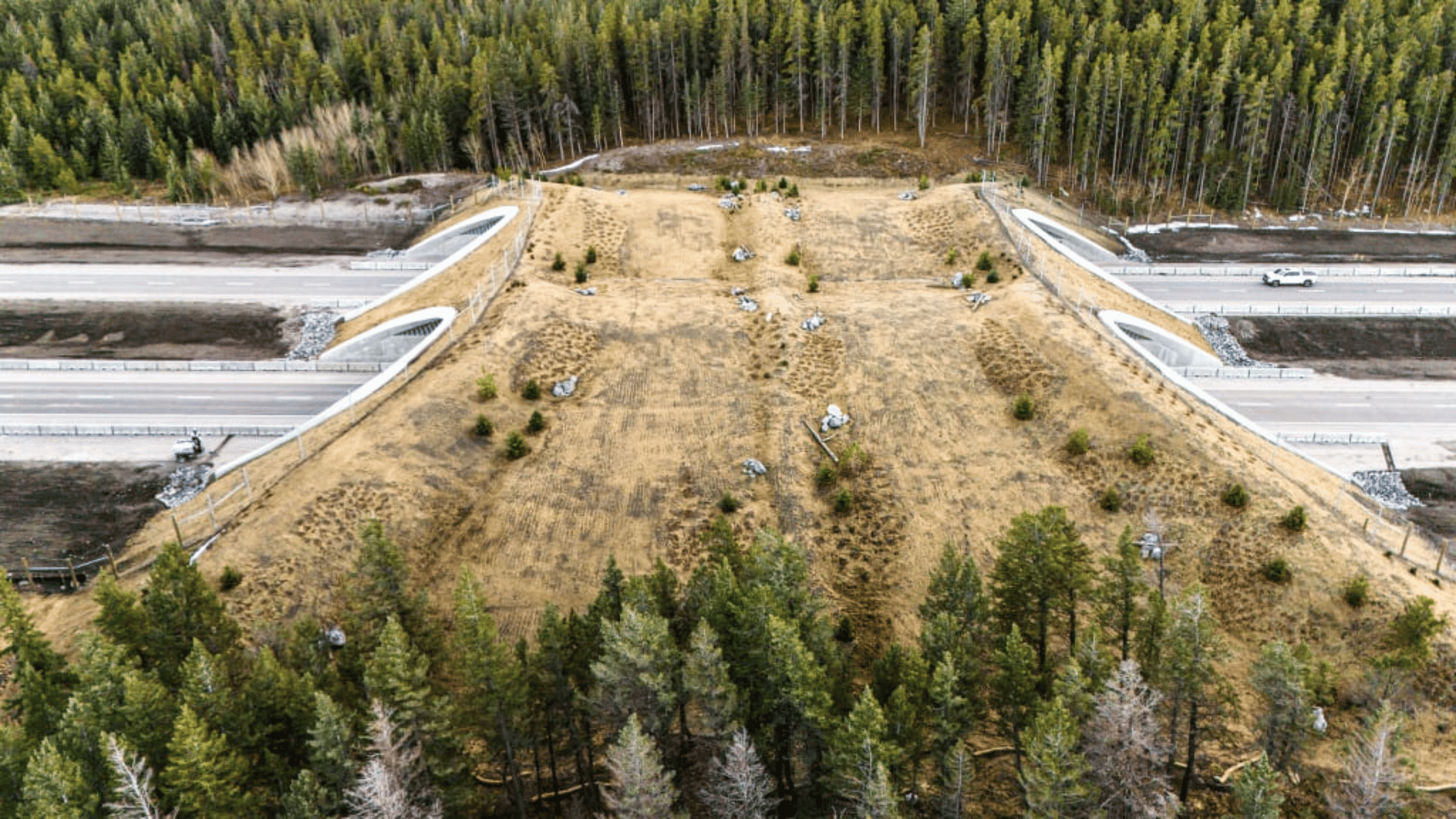
“The very rough rule of thumb is for every collision that is recorded or every carcass that is seen on the side of the road, you can usually double that number,” said Dialog’s Neil Robson, the overpass project manager and lead designer.
The wildlife overpass was built on top of two tunnels that stretch across the highway. To find the right plants to cover it, engineers teamed up with scientists to get the right kind. Scientists helped determine various plant species that mimic the forest surrounding. However, they didn’t want to attract wildlife so much that they linger near the area, which is still considered a collision hazard.
“We do want the landscape architecture on top, the grasses, the shrubs, and the trees, to be as close to the natural surroundings as possible,” Robson said. “But you also don’t want them to be overly edible, because if you plant them in and a herd of deer or elk start to chew on things, you’re not going to have much vegetation left.”





